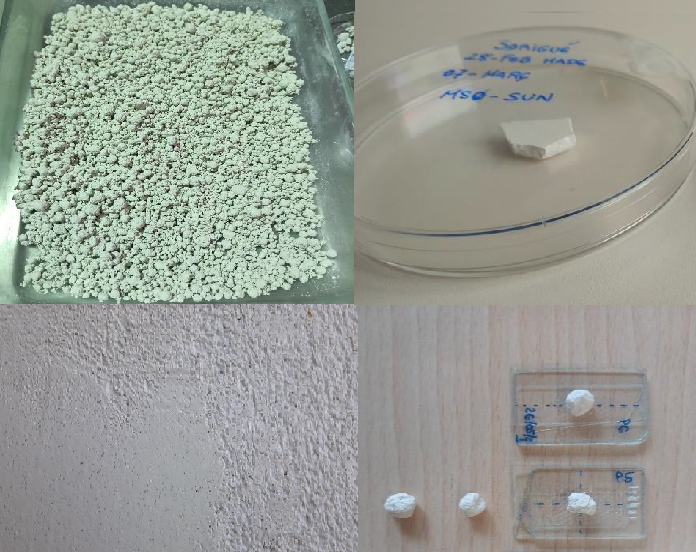Reducing greenhouse gases is a key pillar of our Climate Change Strategy, which is why we design initiatives that prevent greenhouse gas (GHG) emissions.
As part of our strategy, we have collaborated with the Catalan Institute of Nanoscience and Nanotechnology (ICN2) and its spin-off, LightNet Carbon Capture, to utilize a material they have developed that captures atmospheric CO2.
This material, known as CO2atings®, is a coating mortar that has been tested at one of our building projects in Barcelona.
“To date, the material had only been tested in the laboratory, which is why we found it interesting to conduct a pilot test on temporary walls within a construction environment, though not part of the actual building,” explains Eugenia Riqué, Head of Quality, Environment, and Energy for Sacyr's Building Division in Catalonia.
CO2atings® was applied to four wall facings with different orientations (north, south, east, and west), and periodic samples were collected over a month to monitor performance.
“This area had higher humidity, and with the positive results from this initial series of tests, we aim to continue with further pilot tests and explore the potential for use in a unique project,” adds Eugenia.
Nature-inspired technology
This solution uses a highly efficient technology that fixates CO2 through an accelerated ex-situ mineralization process, bio-inspired by natural mineral formations such as dolomites and evaporites.
Additionally, through Sacyr Water, we have explored the potential to extract valuable materials from brine for use in producing this CO2-capturing mortar. This is currently under further analysis.
The advantages of using this mortar include the use of abundant raw materials, resistance to cracking, durability in rain and humidity, compatibility with common construction materials such as cement, concrete, and asphalt, and the fact that it does not require energy consumption.
The analysis of samples taken from the temporary facilities provided by Sacyr concluded that the material performed well on all four facades, with the highest CO2 capture observed on the north-facing facade (up to 40% by weight compared to 30% on the other orientations).
LightNet Carbon Capture, a joint venture of ICN2 and CSIC, focuses its efforts on researching materials and solutions for CO2 capture, storage, and utilization.
